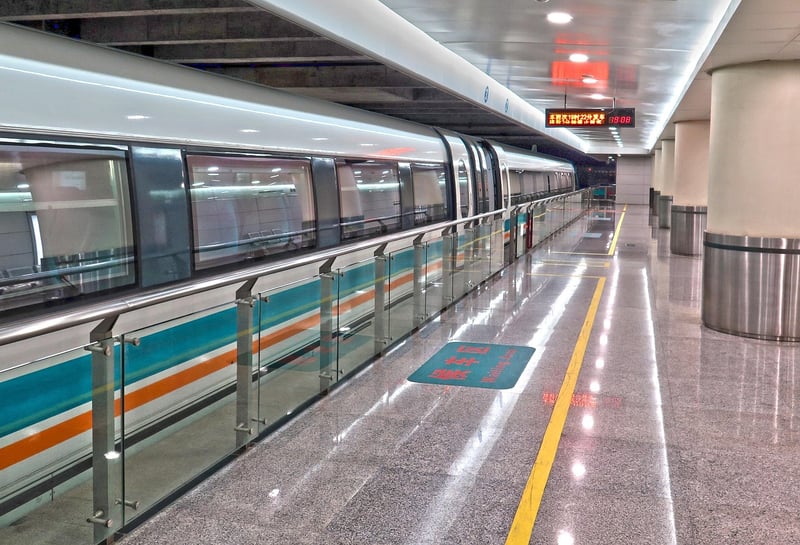Magnetic Levitation
The Future of Transportation: Next-Gen Transit System with Magnetic Levitation

In recent years, the concept of magnetic levitation, or maglev, has been gaining traction as a revolutionary technology in the field of transportation. Maglev trains, which use powerful magnets to levitate above the tracks and propel forward, offer a glimpse into the future of high-speed, efficient, and sustainable transit systems.
How Maglev Technology Works
Maglev trains operate on the principle of magnetic repulsion and attraction. The train is lifted and propelled by powerful magnets along a guideway, eliminating the need for wheels, axles, and external power sources like diesel engines. This frictionless system allows maglev trains to achieve incredible speeds while maintaining a smooth and quiet ride.
Benefits of Maglev Transit Systems
- Speed: Maglev trains can reach speeds of up to 375 mph (600 km/h), surpassing the capabilities of traditional high-speed rail systems.
- Efficiency: The absence of friction between the train and the tracks reduces energy consumption and maintenance costs, making maglev systems more cost-effective in the long run.
- Sustainability: Maglev trains are powered by electricity, which can be generated from renewable sources, making them a greener alternative to fossil fuel-powered transportation.
- Comfort: The smooth, vibration-free ride of maglev trains offers passengers a more comfortable and enjoyable travel experience.
Current Applications and Future Prospects
While maglev technology is still in the early stages of implementation, countries like Japan, China, and Germany have already developed operational maglev lines. These systems are primarily used for intercity transportation and are seen as a viable solution for reducing travel times and congestion in densely populated regions.
Looking ahead, researchers and engineers are exploring the potential of maglev technology for urban transit systems, including maglev buses and personal rapid transit pods. These innovations could revolutionize the way people commute within cities, offering a faster, more efficient, and environmentally friendly alternative to traditional modes of transportation.
As the demand for sustainable and high-speed transportation continues to grow, maglev technology is poised to play a significant role in shaping the future of transit systems around the world.
Experience the future of transportation with magnetic levitation – a game-changer in the world of transit!
Learn more about maglev technology at Wikipedia.
